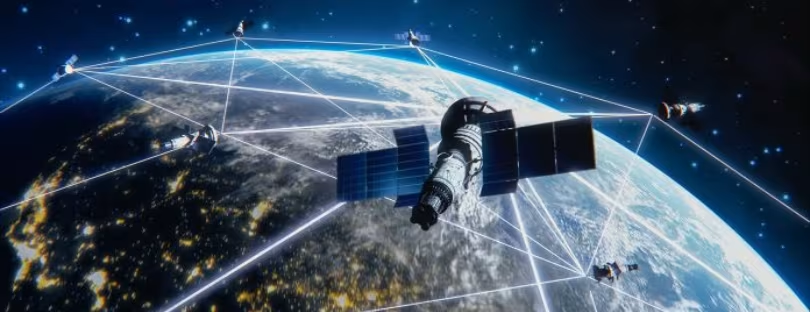
KDDI Expands Starlink Satellite Data Service to iPhone
When you’re stuck without signal in the mountains, at sea, or even in rural Japan, your iPhone may soon have a lifeline in the sky. KDDI, one of Japan’s largest telecom operators, has just announced that it is expanding its Starlink-powered satellite data service to iPhone users.
This is a big deal. Until now, Starlink’s low-earth orbit satellites have mostly been associated with remote broadband access, RVs, and maritime connections. KDDI was among the first telcos to integrate Starlink into its mobile network, giving customers backup coverage in areas where traditional cell towers simply can’t reach. The latest step makes that promise far more tangible: iPhone users on KDDI’s au network can now connect to Starlink for data in dead zones.
The rollout doesn’t mean you’ll be streaming Netflix via satellite on your iPhone just yet. Think of it more like an emergency or fallback solution. The system kicks in when the regular network isn’t available, giving you enough bandwidth for messaging, maps, and essential apps. For travelers, hikers, or anyone who’s ever been stranded without a signal, that’s a huge safety net.
It also places Japan firmly in the race to make satellite-to-phone communication mainstream. Apple has its own Emergency SOS via satellite feature, but that’s still limited to specific regions and services. KDDI’s integration with Starlink looks like a step toward everyday satellite connectivity—no separate hardware, no clunky satellite phones, just your regular iPhone tapping into space when it needs to.
For Starlink and SpaceX, it’s another proof point that satellite connectivity isn’t just for remote villages or maritime routes anymore. For KDDI, it’s a clear differentiator in Japan’s competitive mobile market. And for iPhone users, it could mean that “no service” soon becomes a relic of the past.
The bigger question now: how long until this kind of hybrid connectivity becomes standard across carriers worldwide? If KDDI’s experiment works, we may be closer to that future than we think.










